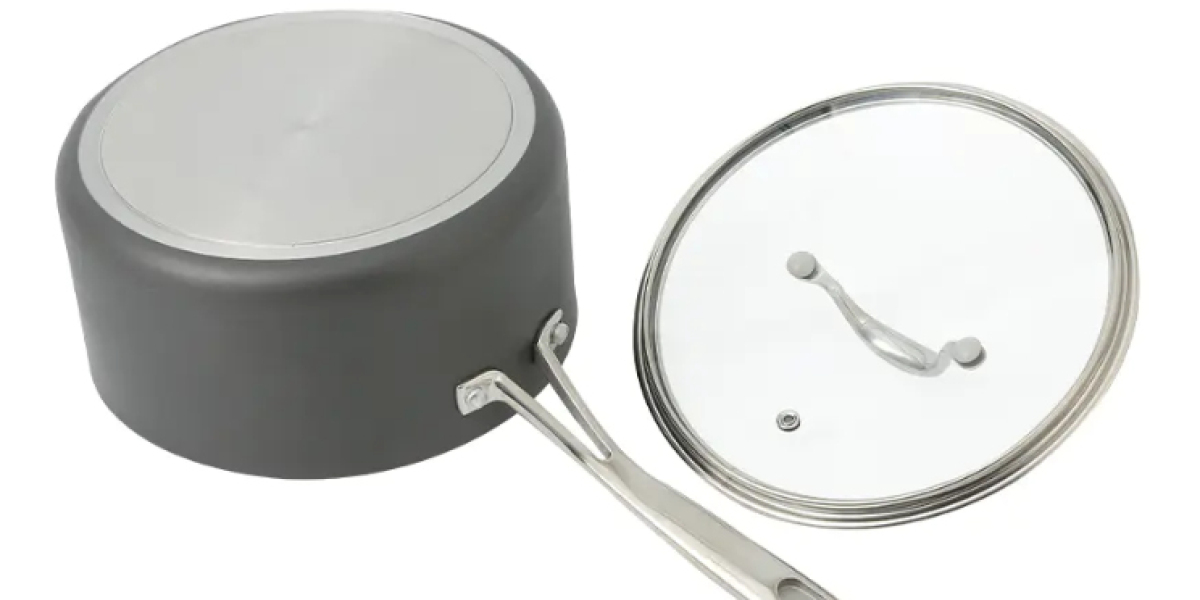Producing a Sauce Pan that satisfies both commercial chefs and household budgets requires a workflow built on traceable materials, lean tooling, and measured quality gates. The following journey traces the vessel from raw coil to boxed product without relying on exaggerated claims.
Raw material verification begins at the dock. Coils of 18/8 stainless steel and aluminum discs arrive with mill certificates confirming chromium content and tensile strength. A handheld X-ray fluorescence analyzer scans each pallet, ensuring every Sauce Pan starts with metal known to resist pitting when exposed to tomato acidity. Rejected coils return to the supplier, keeping the production line free of hidden weak points.
Tooling strategy focuses on modular draw dies. Instead of unique molds for every diameter, engineers design a base cavity with swappable rings. This allows the press to shift from a 16 cm Sauce Pan to a 24 cm stockpot in under eight minutes, reducing downtime and enabling small-batch seasonal colors. Real-time cavity pressure sensors detect thinning before it becomes a visible defect, triggering automatic tool maintenance.
Surface treatment follows a closed-loop polishing line. Stainless bodies move through progressive belts that start at 80 grit and finish at 320 grit, creating a satin surface that hides minor scuffs while remaining easy to wipe clean. Aluminum bodies destined for ceramic non-stick coating receive a micro-arc oxidation layer that increases bonding strength without adding measurable weight. Overspray from the ceramic coat is captured, filtered, and returned to the feed tank, cutting material waste by roughly twenty percent.
Handle attachment combines riveting and welding cells to suit different price tiers. Riveted handles pass through a pneumatic press that sets three stainless pins with consistent torque, then a second station peens each rivet to remove sharp edges. Welded handles move through a robotic TIG cell that lays a single continuous bead, followed by an infrared camera that verifies full penetration. Both paths feed into a 10,000-cycle torque test that simulates lifting a full Sauce Pan from the hob to the sink.
Lid production runs parallel to the pan line. Tempered-glass lids are cut with a water-jet, edged with silicone, and fitted with stainless knobs tightened to a calibrated torque spec. Metal lids receive the same satin finish as the pan body, ensuring visual consistency on retail shelves.
Packaging closes the loop. Each Sauce Pan is nested in a recyclable molded pulp cradle that absorbs impact during transit. A QR code on the box links to a two-minute care video and a downloadable recipe booklet, reducing printed inserts and aligning with retailer shelf-space limits.
By integrating material traceability, modular tooling, closed-loop finishing, and data-driven quality checks, the plant delivers a Sauce Pan that meets global safety standards while remaining flexible enough to follow shifting color trends and regional handle preferences.
Procurar
Populares








